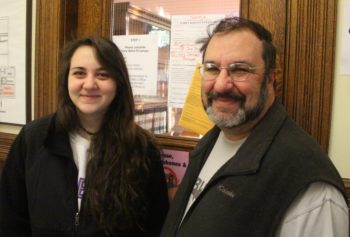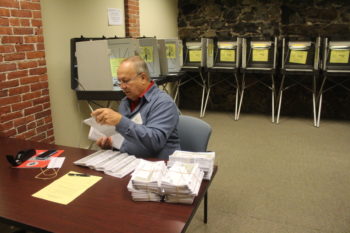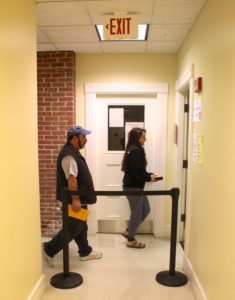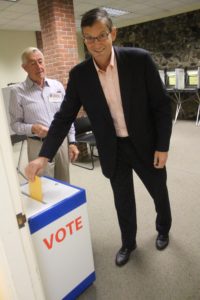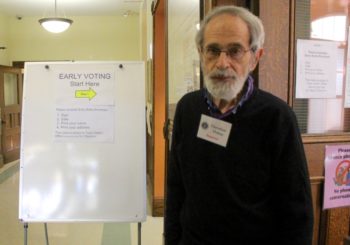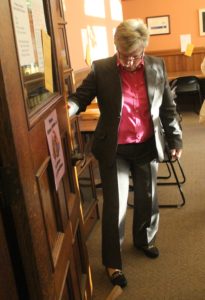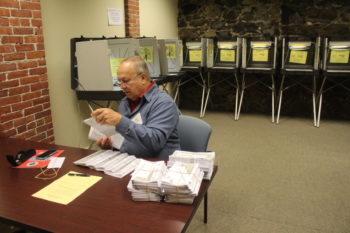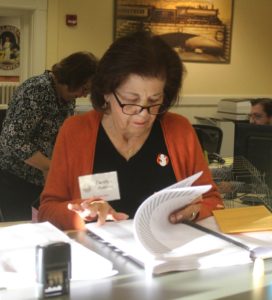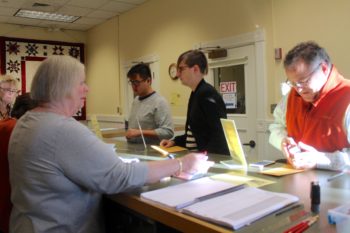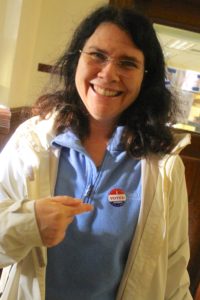Photo: A line of voters at the Burbank Elementary School.
With safety in mind, the Belmont School District has closed the district’s six schools for the Presidential Election today, Tuesday, Nov. 8.
Speaking in September, School Superintendent John Phelan said the decision to shut down school for the day was a precautionary measure due to the combination of three schools – Winn Brook, Butler and Burbank elementary – hosting polling places and an anticipated high voter turnout for Presidential elections – Town Clerk Ellen Cushman is predicting upwards of 80 to 85 percent voter participation.
With limited visitors parking at the three schools and upwards of a thousand voters attempting to cast ballots during the day, it was decided to side on safety.
The number of voters anticipated and the need for parking resulted in the Belmont Public Library on Concord Avenue and the Senior Center at the Beech Street Center being closed today, Tuesday.
